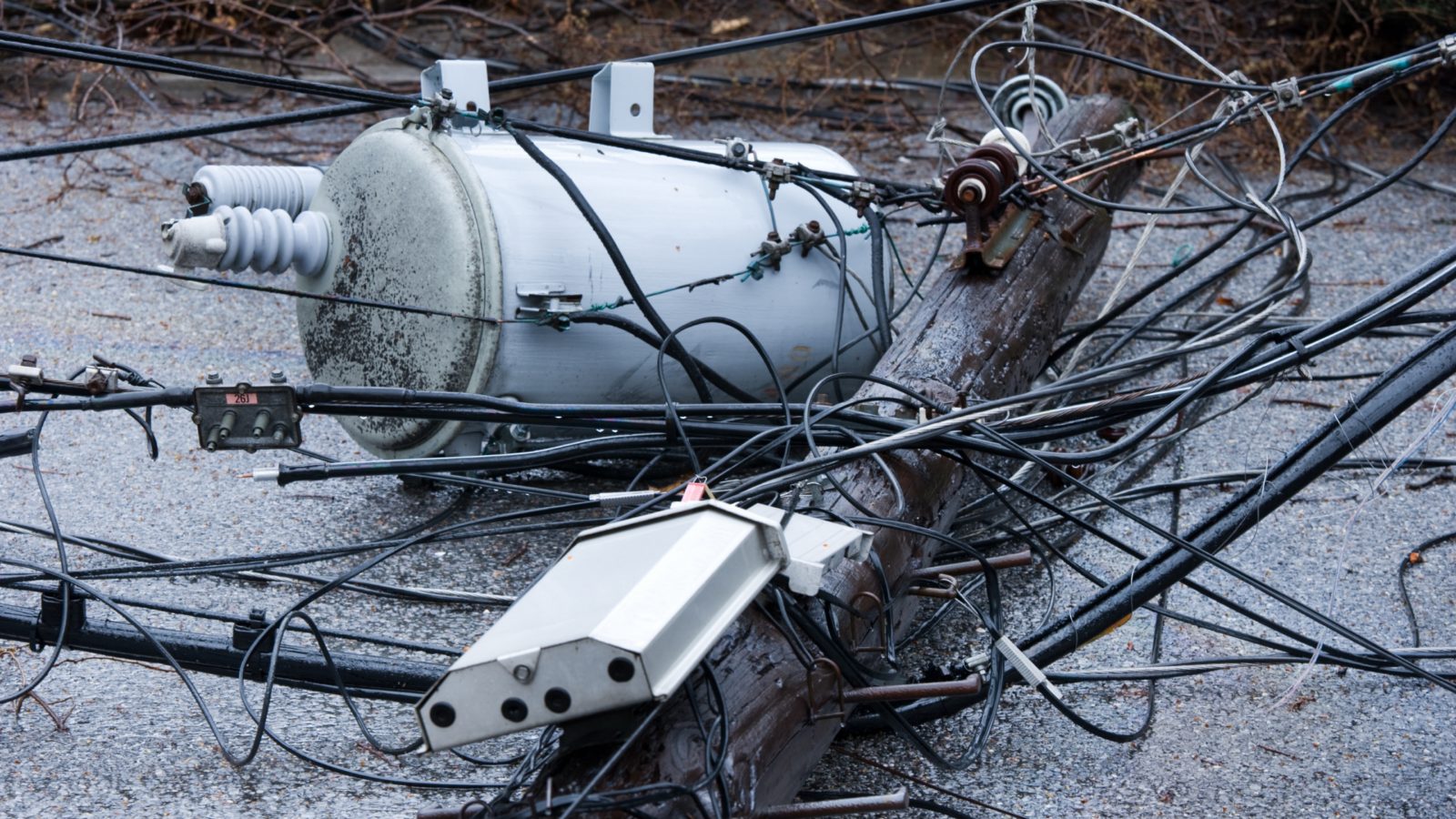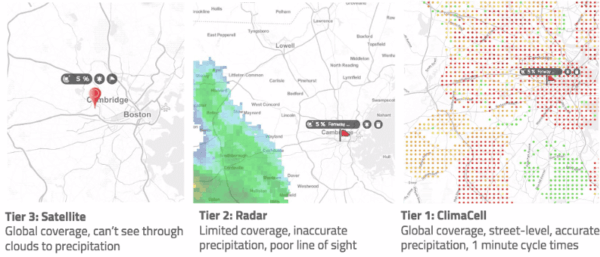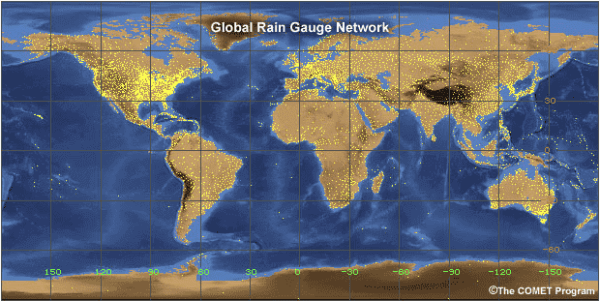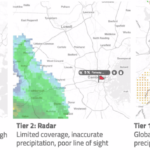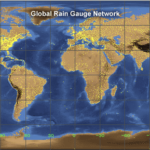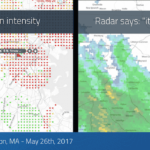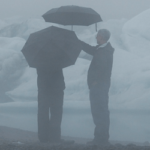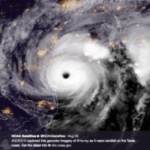Earlier this month, a red flag heat warning was issued for Sacramento Valley, CA. The extreme heat intensified the likelihood of wildfires in the Bay Area, causing significant concern for numerous authorities and nearby utility companies. This is the region’s hottest weather of the year, with temperatures rising to nearly 100 degrees in some cities.
Environmental scientists and researchers studying the region’s vegetation say that the shrubs are the driest they’ve been in the last nine years, making the risk of wildfires much higher than usual. With nearly 60% of California listed for ‘extreme drought’ and an aging power grid that struggles to withstand such high temperatures, power and utility companies are preparing for rolling blackouts across the state.
The Increasing Threat of Outages
Over the past 20 years, power outages from extreme weather events have more than doubled in the United States. Coupled with the nation’s aging power grid and energy infrastructure, extreme heat and severe storms wreak havoc on people, the planet, and our economies. In fact, it’s estimated that severe weather-related power outages cost the US economy between $20 and $55 billion every year.
While outages affect individual consumers most directly,, they also have a lasting impact on utility companies themselves including:
- Maintenance and operational hazards: Everything from high-speed winds to extreme heat puts utility workers at risk during outages, and all too often, the companies they work for aren’t preparing them sufficiently for the tasks.
- Damaged reputation: Outraged citizens, wary investors, and unrelenting media outlets make it difficult for utility companies to maintain a positive image and keep their operations profitable.
- Lost revenue: The cost of outage-related damages and lost revenue are expected to rise by nearly 23% by 2050, making these events major threats to organizations’ bottom lines.
With climate change fueling extreme and variable weather events in a seemingly never-ending fashion, how can power and utility companies better prepare for similar events in the future? More importantly, how can they mitigate the risk to their customers and the environment?
Staying Ahead of Outages with Predictive and Actionable Technologies
The financial costs of severe weather-related power outages are tremendous. Worse, the loss of life due to these events is monumental, considering we have cutting-edge technology at our fingertips that could stifle the risks. Still, many utility companies fail to see the investment potential of weather-related technologies.
In a recent report published by World Bank, experts estimated that base-level weather observation data could be worth as much as $5 billion annually for weather-sensitive industries like energy & utilities, agriculture, and transportation. Further, if these industries were to use this data to adopt new strategies and technologies for weather predictions, they could push those figures even higher.
But reliable weather data is only part of the equation. Without actionable insights, utility providers are left unsure of how to act based on the forecast. That’s where weather intelligence can help. This technology empowers your company to:
- Optimize Safety with Alerts, Messaging, and Response Protocols: Automate communication throughout utility teams for optimal communication and operations – even when the weather gets in the way.
- Reduce Outages Times: Pre-position crews where outages are expected to have the most significant financial impact.
- Enhance Generation Forecasting: Get high-resolution data with 10x granularity for generation forecasting.
- Optimize Load and Power Curves: More accurately prepare and adjust for upcoming weather-driven supply and demand.
- Allow Strategic Dispatch: Anticipate demand based on forecasted weather and expected interruptions.
- Minimize Asset Damage: Save millions of dollars on preventative maintenance and avoid significant unplanned damages.
- Improve Vegetation Management: Save money by optimizing team needs and schedules based on expected weather conditions.
- Mitigate Safety Risks to Utility Crews: Avoid hazardous situations such as lighting strikes by ensuring employees operate in strictly safe conditions.
Preparing for Weather-Related Outages: The First Step to Utility Resilience
Wonder what this looks like in a platform? Watch the video below for a preview of how to solve for these various use cases:
More than 350 million people worldwide experienced prolonged power outages in 2021. With those figures expected to rise significantly amid the continuing climate crisis and extreme weather events, we face one of the most significant global challenges to date. While we have little immediate control over the frequency, length, or severity of these weather events, we do have access to innovative technologies that can drastically reduce the impacts with the right tools.
See How Weather Intelligence Can Help Your Team Stay Ahead of Outages
